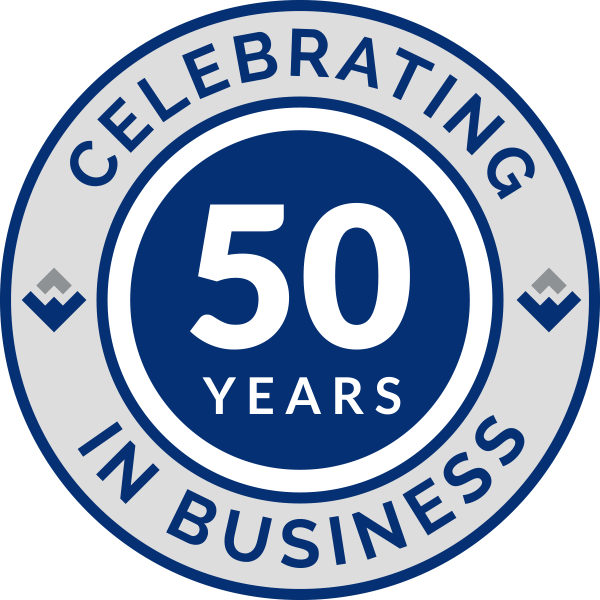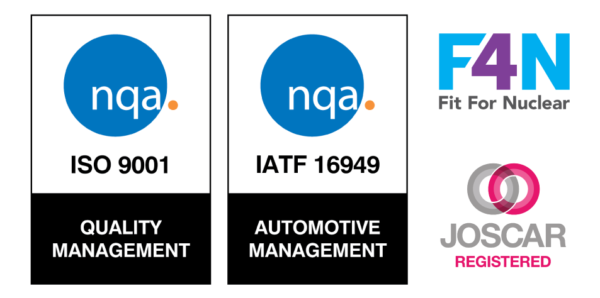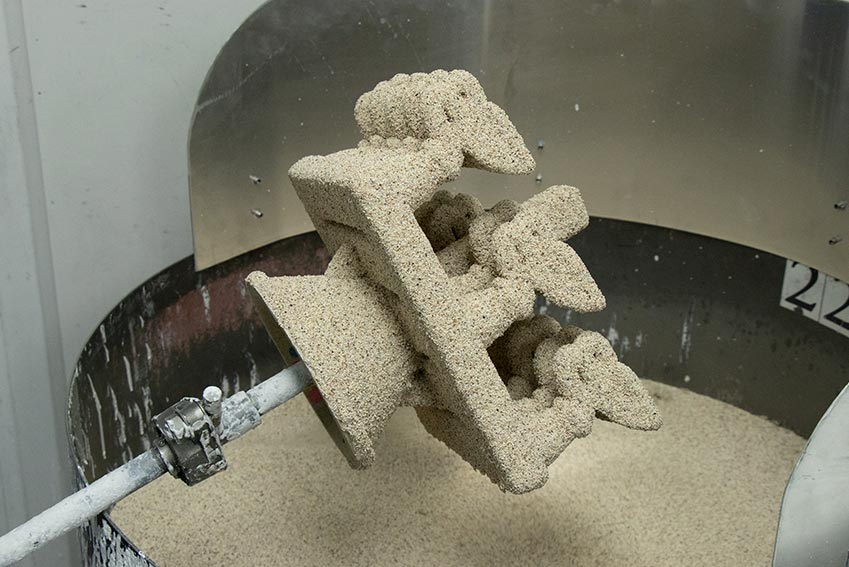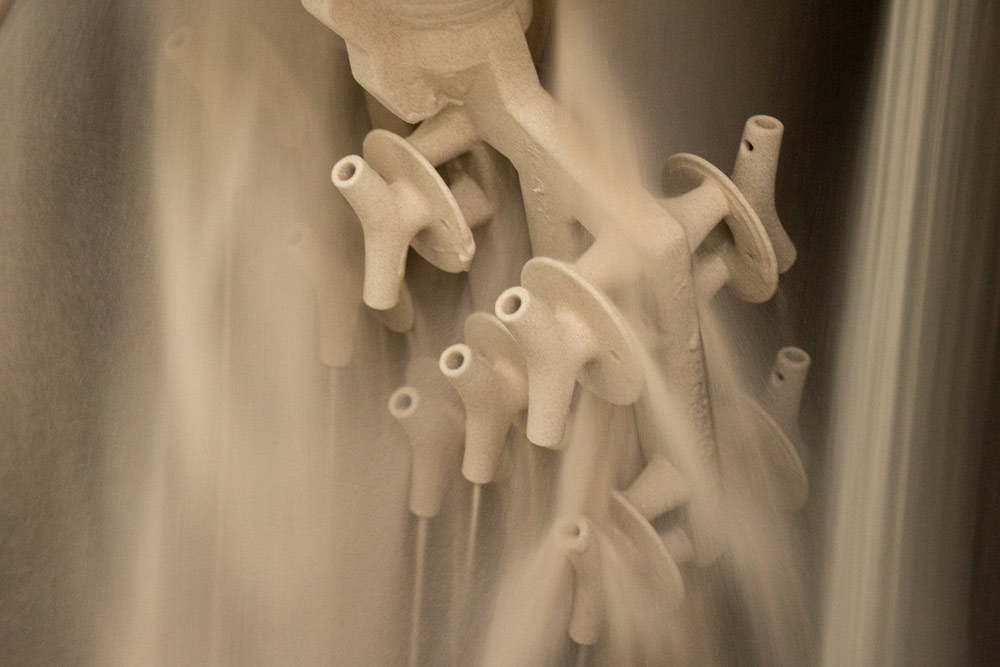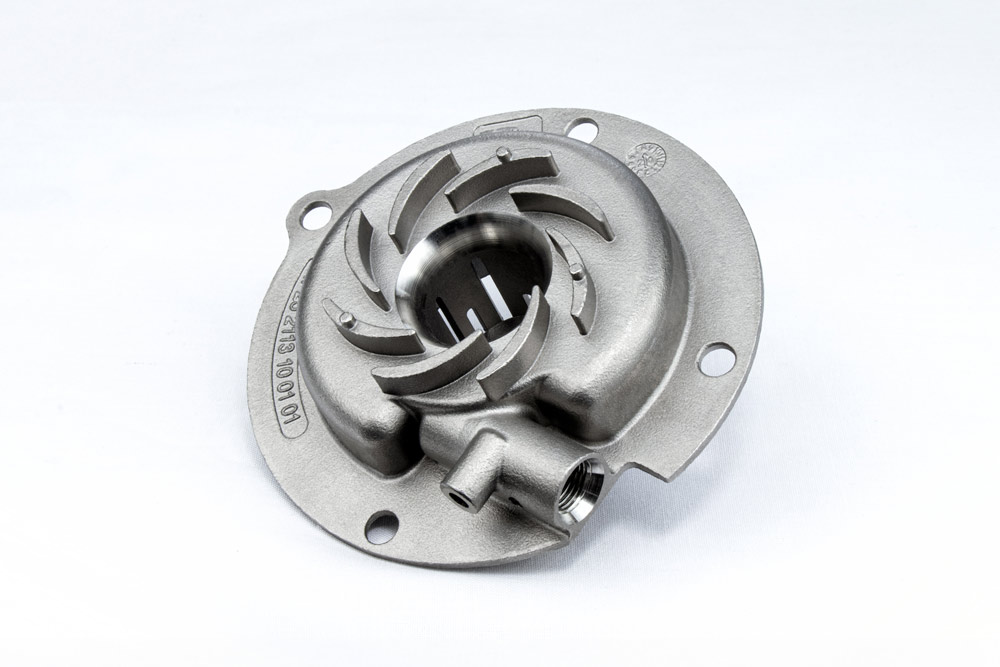What is Investment Casting?
A question that we obviously get asked from time to time is what is investment casting? In this post we explain the process, advantages, disadvantages and the technical advances in Investment casting…..
Investment casting is a precision manufacturing process used to create intricate metal parts with excellent surface finish and dimensional accuracy. The investment casting technique dates back thousands of years but remains a vital method for producing complex components in a wide variety of industries today. This is predominantly due to the superior surface finish, design flexibility, material versatility and minimal waste produced. Thanks to continual technological advances, investment casting is more efficient and versatile than ever.
The Investment Casting Process
Investment casting involves several key steps:
Design Analysis: Our engineers use Investment casting simulation software to simulate the flow and solidification of the metal through the proposed design. This information along with applying our extensive knowledge and experience, ensures that we position the feeds to achieve the best results. The use of simulation allows for virtual prototyping, eliminating material costs and reducing the pre-production timeline.
Wax Pattern Creation: A wax replica of the final part is created. This may be via the traditional hard tooling method or from 3D printed waxes.
Assembly: The wax patterns are attached to a central wax sprue, forming a pattern tree if multiple parts are cast simultaneously.
Shell Building: The wax assembly is repeatedly dipped into a ceramic slurry and coated with fine sand. Each layer is allowed to dry before the next is applied, forming a hard ceramic shell around the wax.
Wax Removal: The ceramic shell is heated in an autoclave, causing the wax to melt and drain away—hence the term “lost wax” casting.
The Pre-Heat Furnace: The ceramic shell is fired to create a hard structure, pre heating also allows controlled thermal expansion of the ceramic to take place.
Metal Pouring: Molten metal is poured into the preheated ceramic mould using a roll over furnace.
Shell Removal: Once the metal solidifies, the ceramic shell is broken away to reveal the metal part.
Finishing: The parts are cut from the sprue, cleaned, and often undergo secondary processes like machining, heat treating, or surface finishing.
Inspection: The investment castings follow a strict inspection process which is customised to our customers needs. This may include CMM inspection in our dedicated labs, Xray etc. For a full list of inspection services, that we offer please visit our Inspection page.
Visit our Investment casting process page to read more about the process and watch our video!
Advantages of Investment Casting
Compared to other casting methods, investment casting offers several significant advantages:
- High Precision and Complexity: Investment casting can produce parts with intricate geometries, fine details, and tight tolerances that would be difficult or impossible with sand casting or die casting.
- Excellent Surface Finish: Parts often require minimal machining or finishing after casting due to the smooth surface produced by the ceramic mould.
- Material Versatility: A wide range of ferrous & non- ferrous metals and alloys can be used, including stainless steel, superalloys and aluminium.
- Reduced Material Waste: Thinner walls and near-net shapes reduce the amount of excess material and post-processing work.
- Design Flexibility: Investment casting allows for consolidated designs that combine multiple components into a single complex part.
Please visit our technical page to read more about the materials & grades we cast.
Disadvantages of Investment Casting
Despite its many benefits, investment casting does have some drawbacks:
- Size Limitations: Investment casting is generally better suited for smaller parts. Large parts may be impractical or require additional support structures. Our overseas partner foundry is fine tuned for investment casting larger parts, although with higher transportation costs this is only economical with larger quantities.
- Longer Lead Times: The multi-step investment casting process can take longer from design to finished part compared to quicker methods like die casting.
Advances in Investment Casting Technology
Recent technological improvements have significantly enhanced investment casting:
- 3D Printing for Patterns: Additive manufacturing technologies can now produce wax or wax-like patterns directly from CAD designs, eliminating the need for costly and time-consuming tooling.
- Advanced Ceramic Shells: New shell materials and construction techniques improve strength, reduce shell cracking, and allow for faster processing.
- Investment Casting Simulation Software: Computer simulations of metal flow and solidification help optimize mould design, reduce defects, and shorten development cycles.
- New Alloys: Advanced materials have been developed to meet the extreme performance needs of industries like energy and motorsport.
Please visit our Rapid Prototyping page to find out more about speeding up the investment casting process with 3D printed wax patterns.
Advantages of Using Investment Casting
Companies choose investment casting for several reasons:
- Precision Fit: Investment castings can be produced to tight tolerances, reducing or eliminating machining and fitting work.
- Strength and Integrity: Investment casting supports high-performance alloys that provide superior mechanical properties.
- Reduced Assembly: Investment castings can have complex geometries allowing the consolidation of multiple parts into a single casting. This saves time and improves reliability.
- Customisation: Highly customisable designs allow for innovation in part performance and function.
Industries That Use Investment Casting
Investment casting is employed across a wide array of industries:
- Automotive: Precision parts such as turbochargers, transmission components, and engine parts.
- Medical: Surgical equipment, orthopaedic aids, and dental devices due to the precision and material compatibility.
- Industrial Equipment: Pumps, valves, and machinery components requiring durability and complex designs.
- Military and Defence: Armament parts, missile components, and specialised hardware.
- Energy: Power generation equipment, including gas and steam turbine parts.
If you would like to learn more about our services please get in touch using our contact form.

